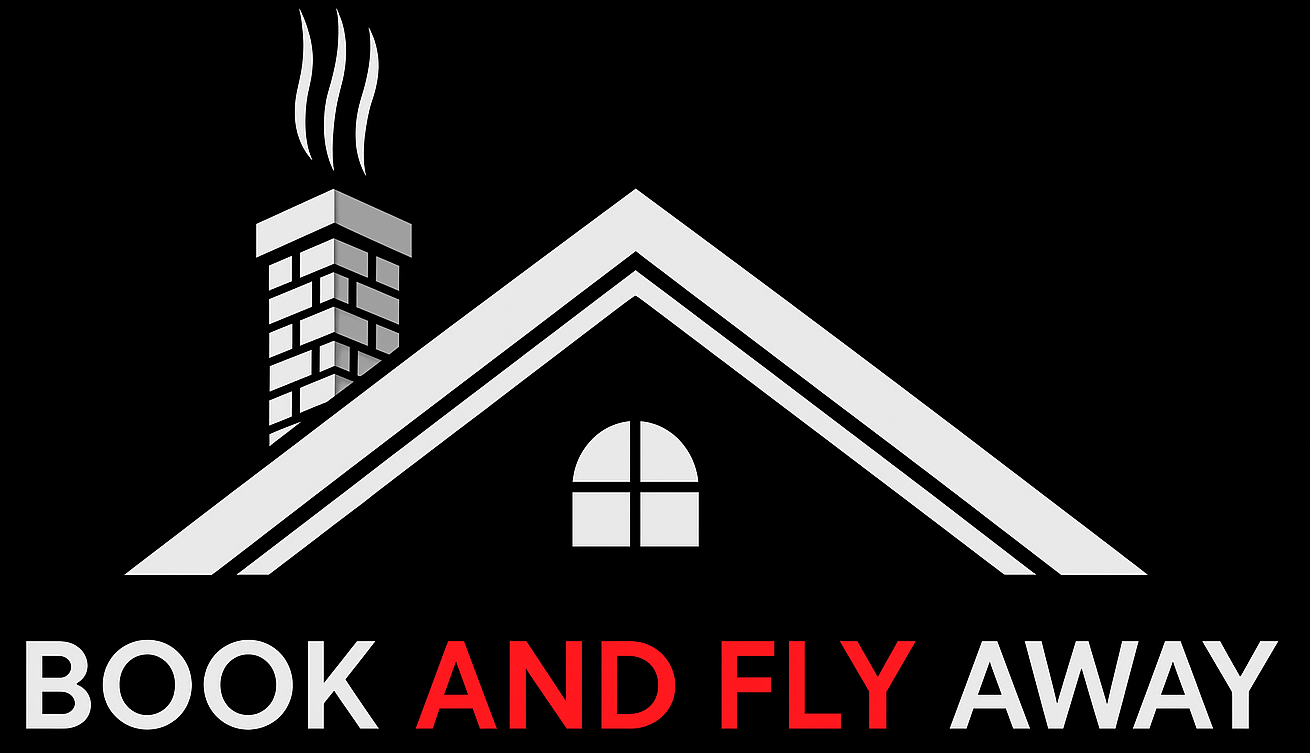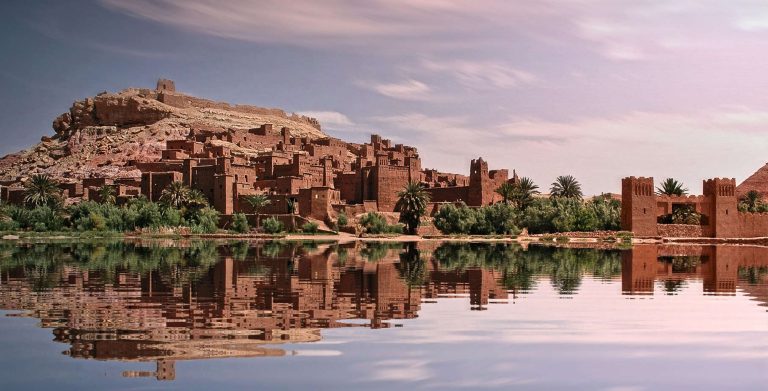Best Cities to Visit in Morocco
Morocco beckons travelers with its intoxicating blend of ancient traditions and modern allure, where each city tells a unique story of cultural fusion, architectural wonder, and sensory delight. From the maze-like medinas echoing with calls to prayer to the snow-capped Atlas Mountains watching over bustling souks, the best cities to visit in Morocco offer experiences that linger in memory long after you’ve returned home.
Whether you’re drawn to the cinematic romance of Casablanca, the artistic charm of Marrakech, or the ethereal blue streets of Chefchaouen, Morocco’s cities promise adventures that awaken all your senses. This comprehensive guide explores the kingdom’s most captivating urban destinations, each offering its own distinct flavor of Moroccan magic.
1. Marrakech: The Red City’s Timeless Allure
Marrakech is arguably the most well-known and popular one on the list of best cities to visit in Morocco. Known as the “Red City” for its distinctive rose-colored buildings, Marrakech serves as Morocco’s cultural heart, where ancient traditions pulse through modern veins.
What Makes Marrakech Special
The legendary Jemaa el-Fnaa square transforms throughout the day, beginning as a quiet morning marketplace and evolving into an evening carnival of storytellers, snake charmers, and food vendors. The square represents the soul of Marrakech, where centuries-old traditions continue to captivate both locals and visitors.
The city’s medina, a UNESCO World Heritage site, contains over 1,000 shops and stalls within its ancient walls. Here, skilled artisans create everything from intricate metalwork to hand-woven carpets, continuing crafts passed down through generations. The narrow alleyways lead to hidden riads, traditional houses built around central courtyards that now serve as boutique hotels offering an authentic Moroccan experience.
Must-See Attractions
The Bahia Palace showcases 19th-century Moroccan architecture at its finest, with ornate tile work and peaceful gardens. The nearby Saadian Tombs, rediscovered in 1917, house the elaborate mausoleums of the Saadian dynasty rulers. For a moment of tranquility, the Majorelle Garden provides a stunning botanical escape, famously restored by fashion designer Yves Saint Laurent.
Best Time to Visit
Spring (March-May) and fall (September-November) offer the most pleasant weather, with warm days and cool nights perfect for exploring both the bustling souks and serene gardens.
2. Fes: The Spiritual and Intellectual Capital
Fes stands as Morocco’s spiritual and cultural capital, home to one of the world’s oldest universities and best-preserved medieval medinas. The city represents the pinnacle of Islamic architecture and scholarly tradition in North Africa.
The Ancient Medina
The medieval medina of Fes remains virtually unchanged since the Middle Ages, with over 9,000 narrow streets and alleys forming a labyrinth that challenges even the most experienced travelers. The medina operates as a living museum, where traditional crafts flourish alongside daily life.
The famous Chouara Tanneries offer a glimpse into leather-working techniques unchanged for centuries. Visitors can observe the entire process from rooftop terraces, watching as hides transform into the supple leather goods for which Morocco is renowned.
Educational Heritage
The University of Al-Qarawiyyin, founded in 859 CE, holds the Guinness World Record as the world’s oldest continuously operating degree-granting university. The adjoining mosque accommodates 22,000 worshippers, making it one of the largest in Africa.
Artisan Quarters
Fes remains Morocco’s artisan capital, with specialized quarters dedicated to specific crafts. The pottery quarter produces the distinctive blue and white ceramics known worldwide as “Fes blue,” while metalworkers create intricate brass and copper items using traditional techniques.
3. Chefchaouen: The Blue Pearl of Morocco
The bright blues of Chefchaouen and the beautiful blue-washed city of Chefchaouen create one of Morocco’s most photogenic destinations. Nestled in the Rif Mountains, this small city offers a peaceful retreat from Morocco’s larger, more hectic urban centers.
The Blue Phenomenon
Every surface in Chefchaouen’s medina seems touched by varying shades of blue, from powder blue to deep azure. Local legends suggest the blue paint repels mosquitoes, keeps houses cool, or represents the sky and heaven. Regardless of the reason, the result creates a dreamlike atmosphere perfect for wandering and photography.
Mountain Adventures
Walk through the photogenic “blue city” of Chefchaouen and explore the surrounding Rif Mountains, which offer excellent hiking opportunities. The nearby Akchour waterfalls provide a refreshing escape, while the natural rock formation known as the Bridge of God offers spectacular views.
Local Culture
Sample goat cheese during a guided tasting in Chefchaouen, as the region produces some of Morocco’s finest dairy products. The city’s relaxed atmosphere and friendly locals make it an ideal place to experience authentic Moroccan hospitality away from tourist crowds.
4. Casablanca: Morocco’s Modern Metropolis
Morocco’s economic capital and largest city, Casablanca represents the country’s modern face while maintaining deep cultural roots. Head to the north – Casablanca and other northern cities to experience progressive and thriving cities.
Architectural Marvels
The Hassan II Mosque stands as one of the world’s largest mosques, with a minaret reaching 210 meters into the sky. Its location on the Atlantic coastline creates breathtaking sunset views, while the intricate craftsmanship showcases the finest in Moroccan artistry.
The city’s Art Deco architecture, a legacy of the French colonial period, creates a unique urban landscape blending Moorish and European influences. The downtown area features wide boulevards, elegant cafes, and modern shopping districts that rival any major international city.
Cultural Scene
Casablanca’s thriving arts scene includes numerous galleries, theaters, and cultural centers. The city hosts international film festivals, jazz concerts, and art exhibitions, making it Morocco’s cultural bridge to the world.
Business Hub
As Morocco’s economic engine, Casablanca offers insights into the country’s rapid modernization. The financial district showcases Morocco’s growing role in African and international business, while the port remains one of Africa’s largest.
5. Rabat: The Royal Capital
Rabat is the capital city of Morocco, known for its historic landmarks and stunning coastline. As the seat of government and royal residence, Rabat combines political importance with cultural significance.
Royal Heritage
The Royal Palace, though not open to the public, dominates the city center with its impressive gates and guards in traditional dress. The nearby Kasbah of the Udayas, a UNESCO World Heritage site, offers panoramic views over the Bou Regreg River and Atlantic Ocean.
Historical Significance
The Hassan Tower, the Chellah Necropolis stand as testaments to Rabat’s layered history. The unfinished Hassan Tower, begun in the 12th century, was intended to be the world’s largest mosque. The nearby Mausoleum of Mohammed V showcases exquisite modern Moroccan architecture.
Cultural Institutions
The city is also home to numerous museums and art centers, including the National Archaeological Museum and the contemporary Mohammed VI Museum of Modern and Contemporary Art.
6. Essaouira: The Windy City by the Sea
The picturesque seaside resort of Essaouira offers a refreshing Atlantic breeze and laid-back atmosphere perfect for relaxation after exploring Morocco’s inland cities.
Coastal Charm
Essaouira’s medina, a UNESCO World Heritage site, features Portuguese, French, and Berber architectural influences. The city’s relaxed vibe contrasts sharply with the intensity of places like Marrakech, making it a favorite among artists, surfers, and travelers seeking tranquility.
Cultural Hub
The city hosts an annual Gnawa World Music Festival, attracting musicians and music lovers from around the globe. Local galleries showcase works by Moroccan and international artists, while the fishing port provides fresh seafood that defines the local cuisine.
Outdoor Activities
Strong Atlantic winds make Essaouira ideal for windsurfing and kitesurfing, while the long sandy beach invites horseback riding and beach walks. The nearby Argan forests offer opportunities to learn about traditional Argan oil production.
Hidden Gems: Off-the-Beaten-Path Destinations
If you are looking for places that are a bit less touristy then I recommend visiting Sidi Ifni, Taroudant, Asilah, and Ifrane.
Taroudant: The Little Marrakech
Known as “Little Marrakech,” Taroudant offers a more intimate experience of a traditional Moroccan city. Surrounded by impressive ramparts, the city features excellent souks without the tourist pressure found elsewhere.
Asilah: The Artist’s Haven
This coastal town transforms into an outdoor art gallery each summer during its annual arts festival. The medina’s white walls serve as canvases for international artists, creating a unique blend of traditional architecture and contemporary art.
Ifrane: Morocco’s Switzerland
Built by the French as a resort town, Ifrane’s alpine architecture and cool climate earned it the nickname “Morocco’s Switzerland.” The nearby Michlifen ski resort and surrounding cedar forests offer a completely different side of Morocco.
Planning Your Moroccan City Adventure
Transportation Between Cities
Morocco’s excellent train network connects major cities like Casablanca, Rabat, Fes, and Marrakech, with modern, comfortable carriages and punctual service. For destinations not served by rail, CTM and Supratours buses provide reliable connections.
Accommodation Options
From luxury riads in historic medinas to modern hotels in new city centers, Morocco offers accommodation for every budget and preference. Riads provide the most authentic experience, often featuring traditional architecture, inner courtyards, and personalized service.
Cultural Considerations
Morocco is a Muslim country, so visitors should dress modestly, especially when visiting religious sites or traditional neighborhoods. Learning basic Arabic or French phrases enhances interactions with locals and demonstrates cultural respect.
Best Time to Visit
Spring (March-May) and autumn (September-November) provide ideal weather for city exploration. Summer temperatures can be intense, particularly in inland cities, while winter brings mild temperatures perfect for sightseeing.
Culinary Adventures in Moroccan Cities
Each city offers distinct culinary specialties reflecting local ingredients and cultural influences. Marrakech excels in tagines and couscous, while coastal cities like Essaouira specialize in fresh seafood. Fes is famous for pastries and sweets, and Chefchaouen offers mountain specialties including goat cheese and honey.
Street food culture thrives in all major cities, with Jemaa el-Fnaa in Marrakech providing the most famous food stalls. However, every city has its own food markets and street vendors offering authentic local flavors.
Shopping and Souvenirs
Morocco’s cities offer incredible shopping experiences, from the vast souks of Marrakech and Fes to the art galleries of Asilah. Each region specializes in different crafts: Fes for ceramics and leather, Chefchaouen for wool products, Essaouira for woodwork, and Marrakech for everything from spices to jewelry.
Bargaining remains an integral part of the shopping experience, so visitors should be prepared to negotiate prices while maintaining respect and good humor.
Conclusion: Morocco’s Urban Tapestry
The best cities to visit in Morocco offer a remarkable journey through time, culture, and geography. From the imperial grandeur of Fes and Marrakech to the coastal charm of Essaouira and the mountain serenity of Chefchaouen, each destination contributes its own thread to Morocco’s rich urban tapestry.
Whether seeking adventure in bustling medinas, relaxation in seaside towns, or cultural immersion in ancient cities, Morocco’s diverse urban landscape provides experiences that satisfy every type of traveler. The kingdom’s cities stand as living testaments to centuries of cultural exchange, architectural innovation, and artistic expression.
As you plan your Moroccan adventure, remember that each city rewards visitors who approach with open minds, respectful attitudes, and adventurous spirits. The best cities to visit in Morocco await your discovery, ready to share their secrets and create memories that will last a lifetime.







